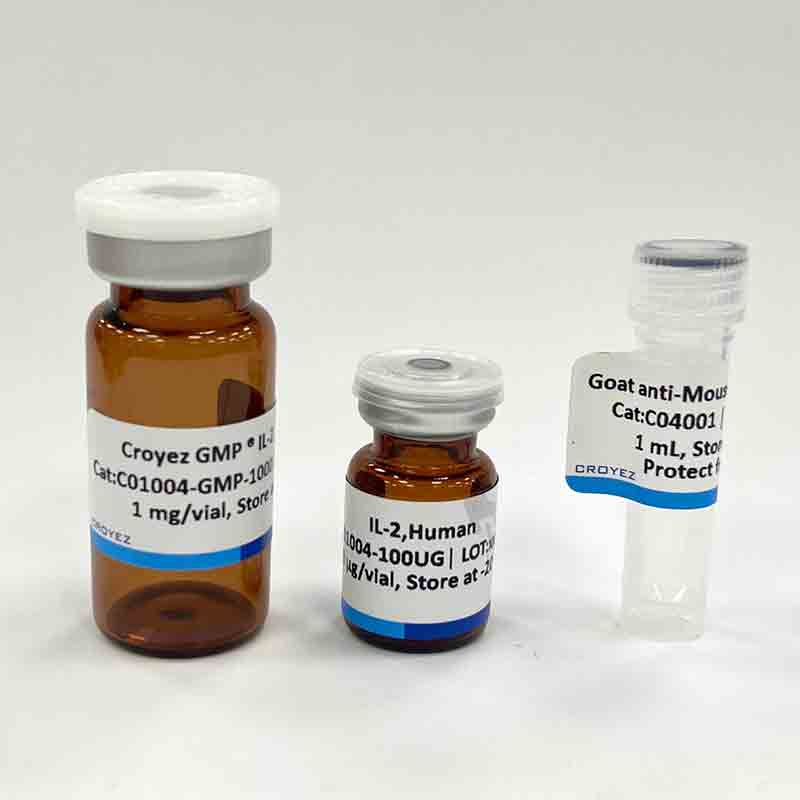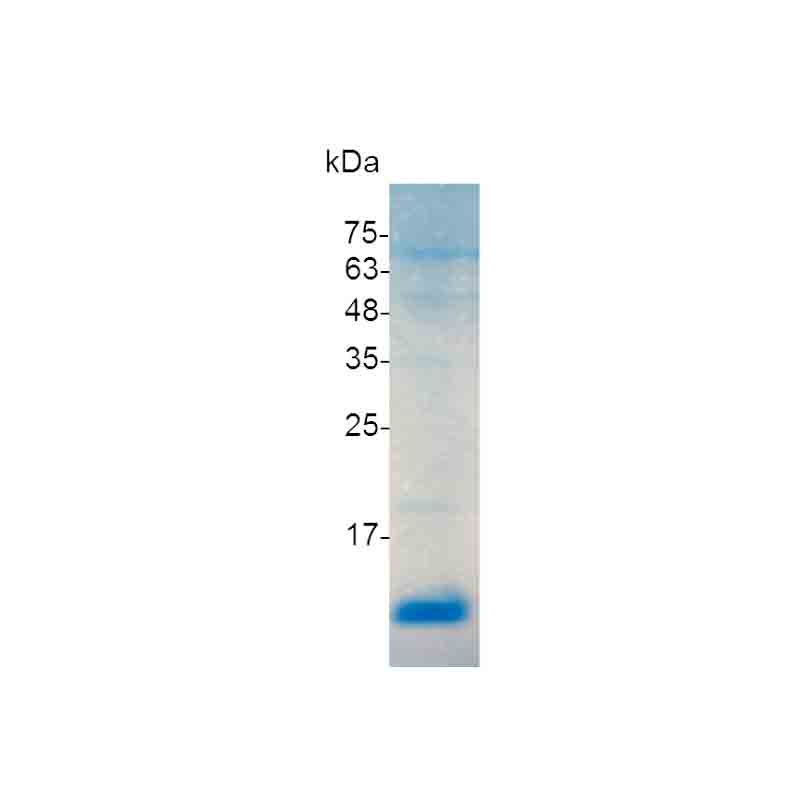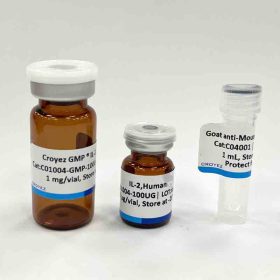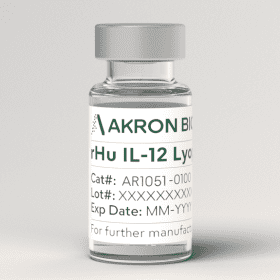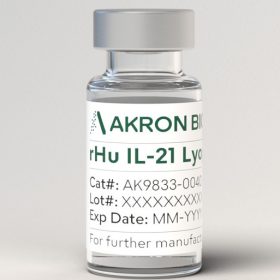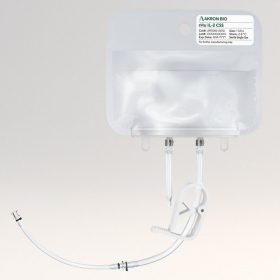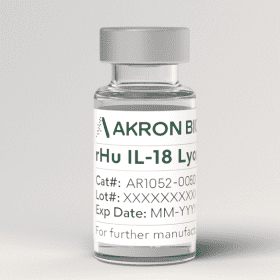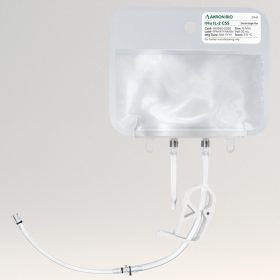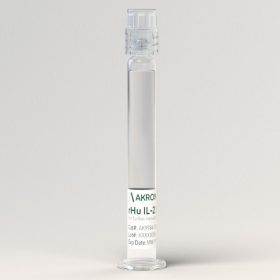Epidermal growth factor (EGF) stimulates cell growth and differentiation by binding to its receptor, EGFR. Human EGF is a 6 kDa protein with 53 amino acid residues and three intramolecular disulfide bonds. EGF is present in various body fluids, including blood, milk, urine, saliva, seminal fluid, pancreatic juice, cerebrospinal fluid, and amniotic fluid. Biological activities ascribed to EGF include epithelial development, angiogenesis, inhibition of gastric acid secretion, fibroblast proliferation, and colony formation of epidermal cells in culture.
Sequence:
MNSDSECPLSHDGYCLHDGVCMYIEALDKYACNCVVGYIGERCQYRDLKWWELRLE with polyhistidine tag at the C-terminus
Source:
Escherichia coli
Animal-free reagent and laboratory
Manufactured and tested under GMP guideline
Endotoxin level:
<0.1 EU per 1 μg of the protein by the LAL method.
Activity:
Measure by its ability to induce 3T3 cells proliferation. The ED50 for this effect is 0.05-0.12 ng/mL.
The specific activity of recombinant human EGF is approximately >1.4 x 106 IU/mg.
Purity:
>95% as determined by SDS-PAGE. Purified by Ni-NTA chromatography.
Formulation:
The protein was lyophilized from a solution containing 1X PBS, pH 8.0.
Reconstitution:
It is recommended to reconstitute the lyophilized protein in sterile H2O to a concentration not less than 100 μg/mL and incubate the stock solution for at least 20 min to ensure sufficient re-dissolved.
Storage:
Lyophilized protein should be stored at -20°C. This product is stable for one year upon receipt, when handled and stored as instructed. Upon reconstitution, protein aliquots should be stored at -20°C or -80°C. Avoid repeated freeze/thaw cycles.
Note:
Please use within one month after protein reconstitution.
Specification:
Croyez GMP® recombinant proteins are manufactured in ISO 13485:2016 and GMP-certified facility.
The processes include:
● Testing and traceability of raw material
● Records of the maintenance and equipment calibration
● Personnel training records
● Batch-to-batch consistency
● Documentation of QA control and process changes
● Manufactured and tested under an ISO 13485:2016 certified quality management system
● Stability monitor of product shelf-life
Reference:
1. Zeng F, Harris RC. (2014) Semin Cell Dev Biol. 28: 2‐11.
2. Carpenter G, Cohen S. (1990) J Biol Chem. 265,14: 7709-12.
3. Berlanga-Acosta, J. et al. (2009) Int Wound J. 6,5: 331-46.
4. Carpenter G, Zendegui JG. (1986) Exp Cell Res. 164,1: 1‐10.

